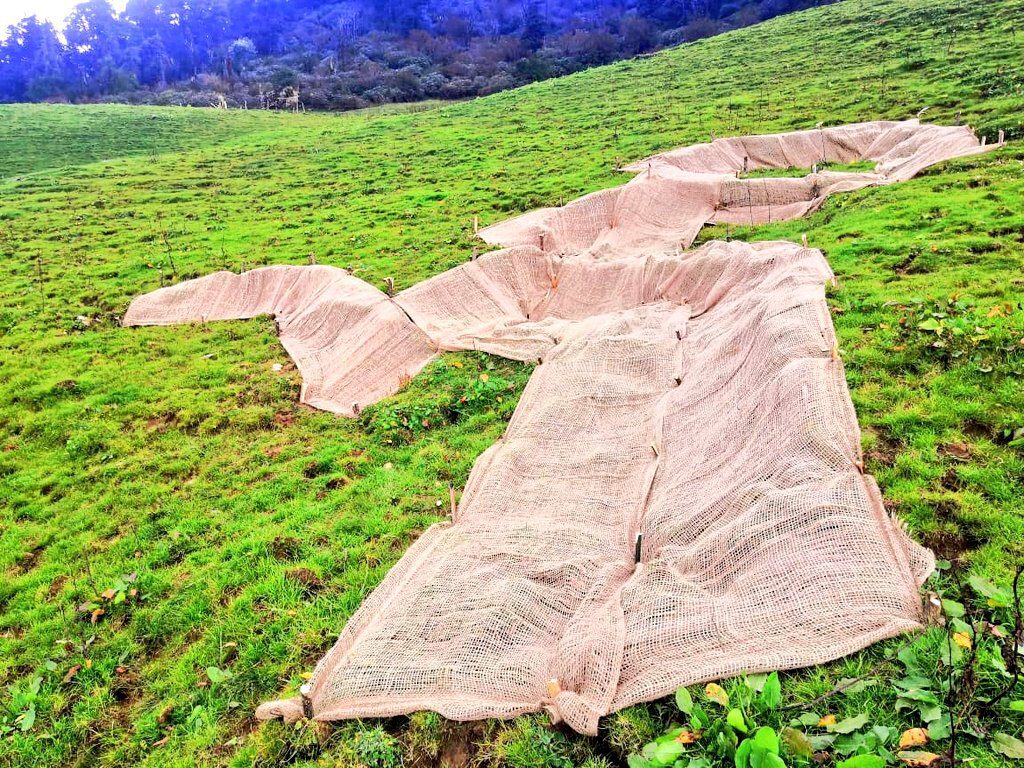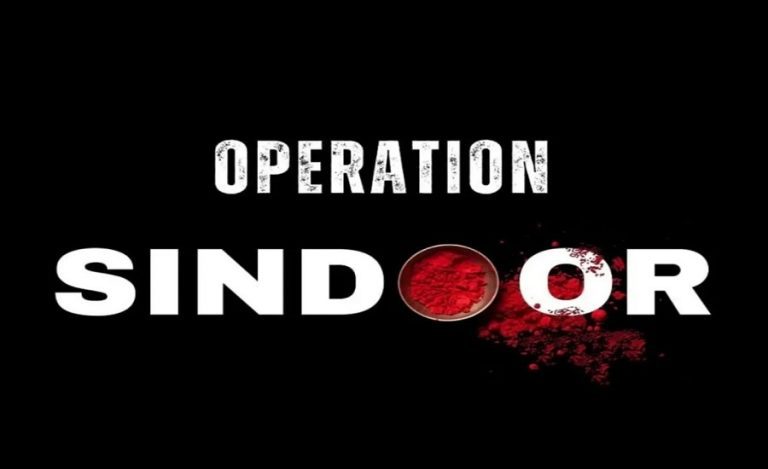Among the many milestones achieved by the Rudraprayag Forest Division under the leadership of IFS officer, Vaibhav Singh, grassland restoration is a significant one. Over the years, he has successfully restored damaged grasslands and promoted the growth of native grass cover. For the restoration, innovative techniques like using jute geotextile mats have been introduced which are yielding very good results.
In conversation with Indian Masterminds, the officer talked about the grassland restoration project and how the forest department is successfully harvesting rainwater in the process.
DAMAGE TO GRASSLANDS
The alpine and sub-alpine grasslands found in the division, depending on the altitudes, require a specific ecosystem. They are also grazing grounds for the herders in the area. Mostly in the summer season, these herders are found moving with their animals in these grasslands.
IFS officer Vaibhav Singh said, “These grasslands act as water reservoirs as they become like a sponge during excessive rainfall and soak all the water. Then slowly that water is discharged in the form of springs. Whereas during the winter season, the grasslands are covered with snow and as the snow melts, water is discharged.”

He further informed that during a survey, it was found that some grasslands in the high-altitude area were in very bad shape. “Many times, what happens is that the grazing is not regulated and there is too much pressure of animals. As the grassland acts as a sponge, it becomes very soft and cannot take the heavyweight of the animals grazing on it. This results in damage of the grassland as the top layer of the grass die. The soil is then exposed, and the rains create erosions which cause further degradation of soil.”
The division which covers around 4,000 hectares of forest area has eight such grasslands which were damaged. This came to light in a survey conducted last year and, thereafter, the forest department started its restoration project.
RESTORATION PROCESS
The funds for the project were sought from the Compensatory Afforestation Fund Management and Planning Authority, Uttarakhand (CAMPA). To address the problem, the team of Rudraprayag Forest Division spent number of days camping in these high-altitude areas, taking measurements, making estimates, recording observations, and finalizing the plan for their eco-restoration.

For the wide channels, a series of check dams were made with locally available stones. Mr. Vaibhav said, “The idea was to reduce the flow of water and prevent/trap the loose topsoil from getting washed off. Further, in places with step cutting and back erosion, retaining walls were made from loosely packed stones to stop the further breaking down of slope. The bridle path used by locals were also repaired in some places.”

He also outlined the measures taken to tackle the damage done to grasslands by animal grazing. “To cover the patches created due to hoof trampling by livestock, we used jute geotextile mats which were used as band aid for the exposed and damaged grass surface. We used this technique at around seven to eight places and treatment was conducted last year as well as the current year.”

The department also sensitized the local people to make them aware about the ongoing treatment of grasslands. The initiative was a first of its kind in Rudraprayag, and results of the last two years have been encouraging.
Also carrying out this project in the hills was a challenge for the team as they had to brave the harsh weather, tough terrain and extremely challenging logistical issues, including the unwillingness of labourers to work in such areas.
ENCOURAGING RESULTS
The combination of geotextile mats, check dams, retaining walls and other interventions have started showing good results by promoting and accelerating the growth of native grass cover and undoing the damages to the grasslands caused by excessive herding.
































